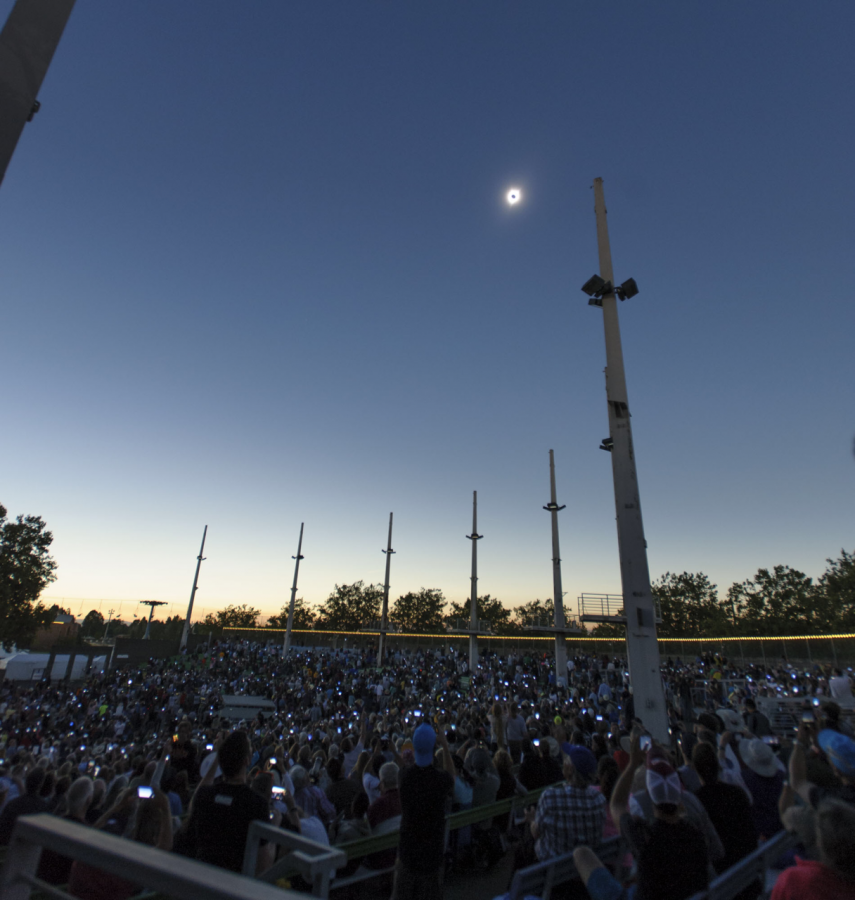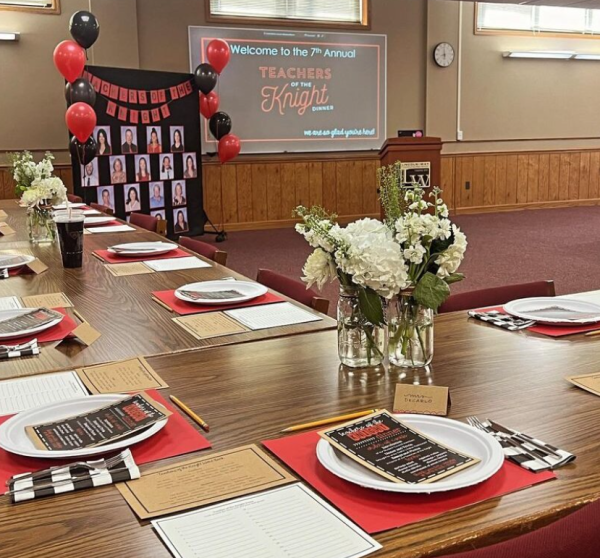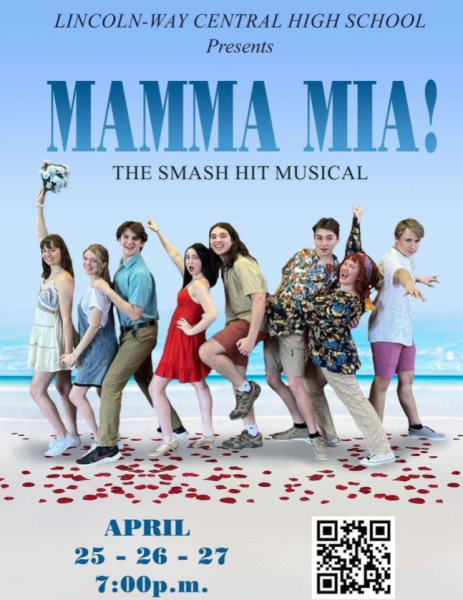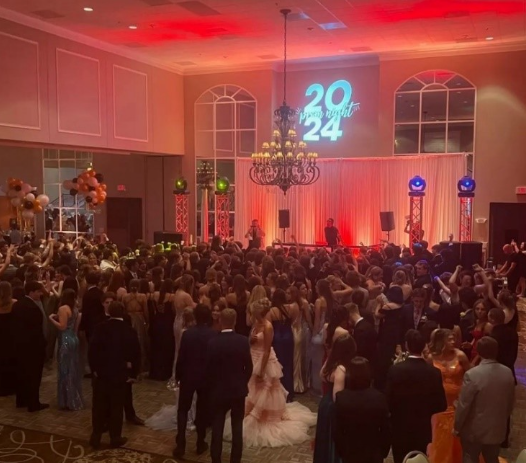Total eclipse
On August 21st of this year, something incredible happened. The moon came directly in between our earth and the sun, casting a large shadow across the United States and giving us our first total solar eclipse since 1991- a rare phenomenon that intrigued and enthralled people across the nation.
Even more cool than its occurrence was the fact that some of the students of our school were able to watch it from the grounds of Lincoln Way (with the right eyewear, of course). Several teachers -especially those in the science department- recognized the value of the rare occurrence and lead their classes outside to watch the eclipse. From New Lenox, the eclipse was only partially visible, however, students such as Junior Natasha Kostovski described it as: “the sky got really dark” and despite the days cloudiness she could see a “crescent of sun” poking out from behind the moon.
While the view of the sky from our very own Lincoln-Way Central was like nothing students had seen before, Junior Arick Hauschild declared that it “can’t compare” to the view of the eclipse in its totality. On the the day of this phenomenon, Hauschild had the opportunity to travel to Chester, Illinois to get the full view. To complete the drive down to this city normally would take around 5 hours, but with all of the commotion over the eclipse the ride stretched into an 8-hour-long-traffic-filled ordeal; this comes as no surprise, considering how the nearby city of Carbondale had an estimated 60,000 tourists visit for the chance to gaze upon the sky. According to Hauschild, it was more than worth the excitement. After settling in an open field accompanied by “at least 20 cars parked in sight,” onlookers began watching the sky. When asked to describe the sky at the time of the total eclipse, Arick reported that it could only be described as a “360 degree sunset.” Color cascaded on every horizon, fading upward into a dark sky. The coolest part, however, was the view of the sun and moon itself. Attached in the photos for this article are both the pictures given to us by Hauschild and taken by NASA and other organizations to provide an idea of what was seen. The pictures show just a fraction of the beauty and surreality of the total eclipse. Additionally, the eclipse gave viewers a unique view of the area around them. For example, at the time of his arrival, Hauschild noted two power lines with two distinct shadows. However, within minutes these shadows blended together creating a single line. Several other details were noted about the differences in lighting and shadows during this time.
Whether students had the chance to view this phenomenon or not, the significance of having it occur within the view of our school is undeniable. If anyone is sad over missing this event, the next total eclipse that will take place in the continental United States will be on April 8th, 2024.






